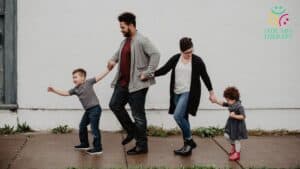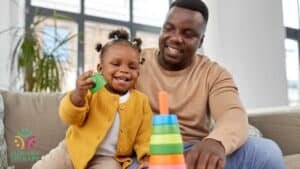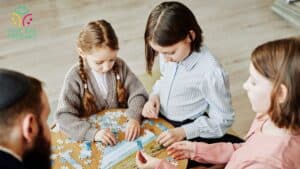Social cues like tone, gestures, and facial expressions challenge children with autism, who process social signals differently. Missed cues and literal interpretations cause misunderstandings in daily interactions.
Below, we’ll discuss how clear language, visual supports, and ABA therapy improve communication and reduce stress for children with autism and their families.
Social Cues and Autism Communication Challenges
What is a social cue? It can be a smile, frown, hand gesture, or even a change in voice tone, which enables a person to show how they feel or what they mean. For kids with autism, reading these cues can be confusing, and that can affect everyday conversations.
Recognize How Missed Tone and Facial Expressions Affect Conversations
Social cues are the small signals people use to understand each other. A raised eyebrow, a sudden laugh, or a softer tone might hold hidden meaning for most people, but those signals can feel unclear for children with autism.
Missing these cues can lead to misunderstandings in daily life, whether at home, school, or the playground. These challenges don’t come from a lack of interest. Their brains simply process social information differently.
Learn Why Literal Interpretation Leads to Frequent Misunderstandings
Many kids with autism interpret language literally. This means they may feel confused or even alarmed when you tell them idioms like “hold your horses” or “break a leg.” When you talk to them, it’s best to use plain and direct language. This will help a lot in removing the confusion that can lead to frustration not only with the kids but also with their caregivers.
Aside from using clear words, you can also show visual supports and always keep communication direct. This gives children a better chance to respond without the stress of guessing.
Tone of Voice and Emotional Understanding
Tone of voice often carries feelings that words alone don’t show. For kids with autism, these hidden signals can be tough to read.
Identify Sarcasm, Praise, or Frustration Through Vocal Changes
Many autistic children struggle to catch subtle voice changes that signal emotion. Sarcasm, jokes, or even praise often rely on social cues like a slight pitch change or a playful smile. A child may get confused and think a joke is serious or mistake frustration for approval.
Here are common tones that can be hard to identify:
- Sarcasm. A joking or teasing voice that doesn’t match the words
- Praise or encouragement. Warm, upbeat tones meant to support
- Frustration or irritation. Sharper or louder speech that signals displeasure
Always remember to speak clearly and say exactly what you mean when talking to these kids to can prevent misunderstandings.
Practice Pausing and Responding When Emotional Tone Feels Unclear
Pausing to ask questions helps children manage unclear tones. Simple check-ins like, “Are you upset?” or “Was that a joke?” encourage better understanding.
ABA therapy often teaches this step-by-step, giving kids tools to handle confusing social queues. Caregivers who model this at home show that it’s okay to clarify rather than guess, reducing stress for both children and families.
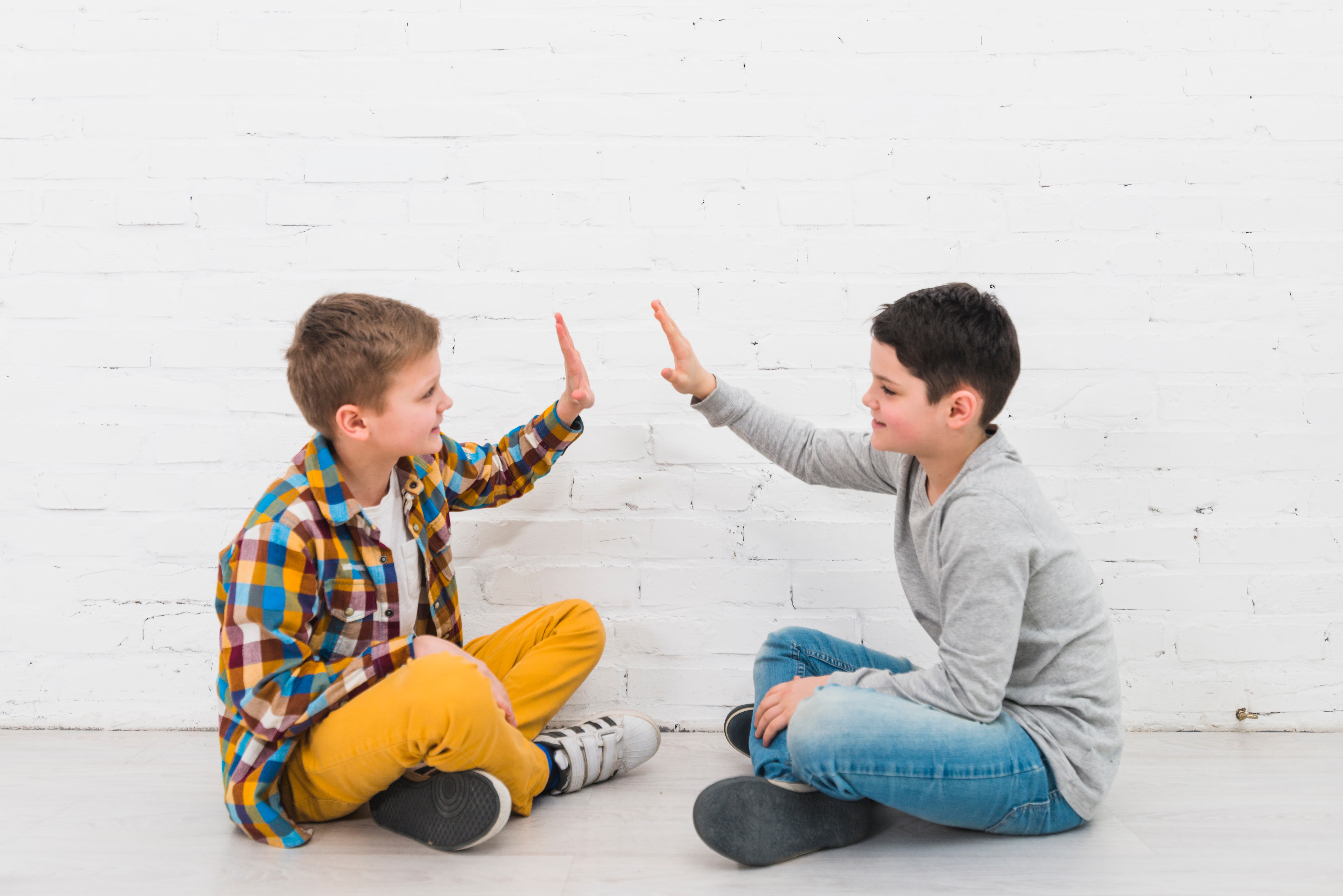
Gestures and Nonverbal Social Cues
Nonverbal signals often carry just as much meaning as spoken words. Most children with autism often have a hard time understanding what movements or expressions mean, which can make social moments harder to follow.
Notice How Pointing, Nodding, and Posture Guide Conversation Flow
You must also be careful in using gestures, like a nod, a head tilt, or a hand motion, when you’re talking to children with autism. They may not notice these movements or may not know how to respond. Recognizing social cues meaning in these small actions can make interactions smoother.
Common gestures that guide conversation include:
- Pointing. Showing where to look or focus attention
- Nodding or head shaking. Signaling yes or no without speaking
- Posture changes. Leaning in to show interest or stepping back to show discomfort
ABA therapy often teaches these gestures using clear modeling and repeated practice so kids can join conversations without feeling threatened.
Respond Appropriately to Facial Expressions and Body Language Signals
Reading faces and posture is another layer of social understanding. Smiles, frowns, crossed arms, or relaxed shoulders all send silent messages. Kids who connect these social queues with context learn when to join in, offer comfort, or give space.
Families across Maryland can support this learning through everyday practice at home and in local ABA sessions. This can help children build stronger friendships and enjoy social moments with less stress.
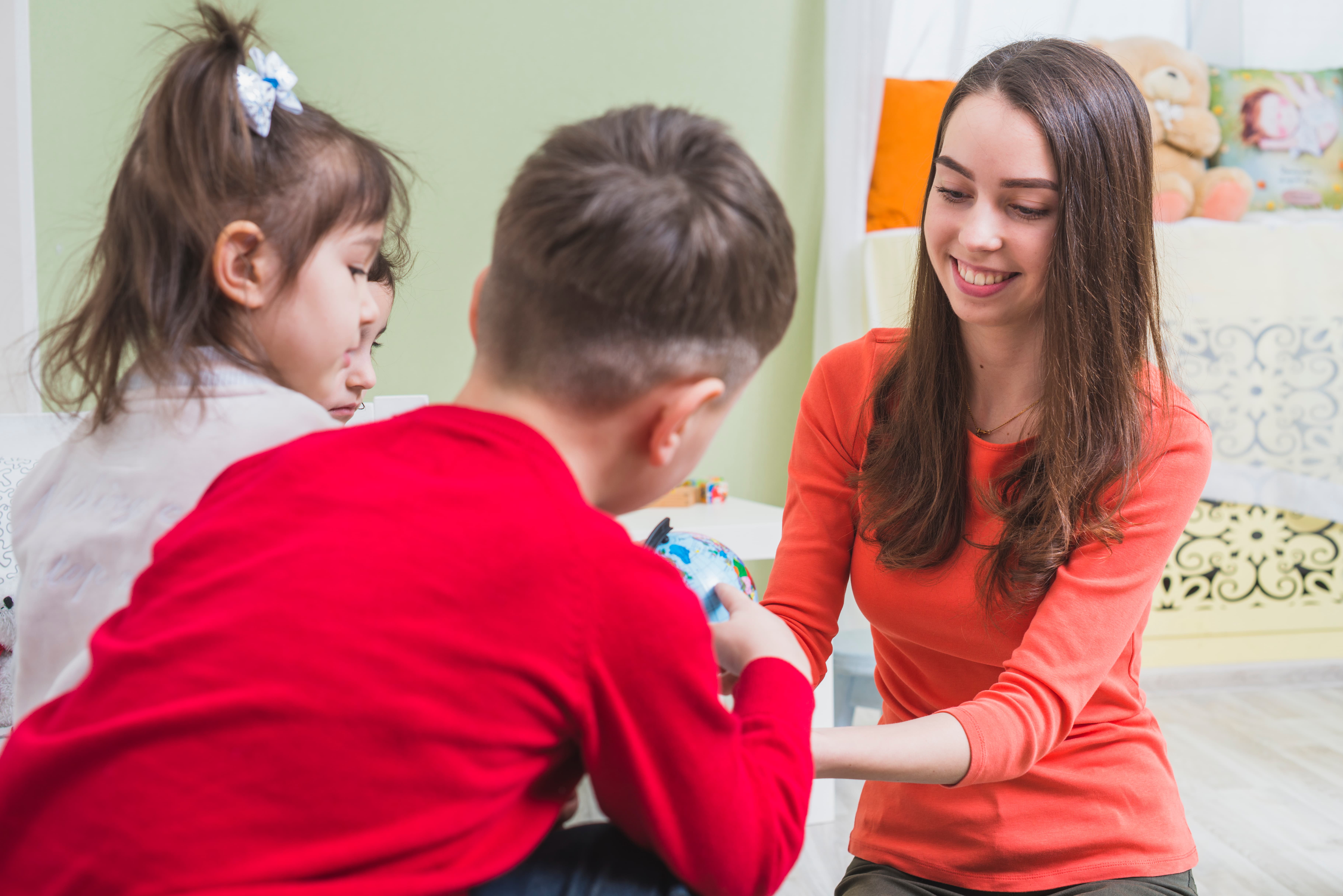
Hidden Social Rules in Everyday Interactions
Unspoken rules shape how we interact every day. For kids with autism, these rules can feel confusing, which sometimes leads to social challenges.
Understand Personal Space, Turn‑Taking, and Unspoken Expectations
Many autistic children prefer more personal space and may not adjust it based on the setting. Standing too far or too close can make others feel uncomfortable, even though the child is simply seeking comfort.
Turn-taking during games or conversations can also be tough. Waiting for a pause, sharing toys, or letting others speak first may not come naturally.
Practicing these unspoken rules in ABA sessions helps kids feel included and reduces social stress. Knowing what is a social cue in these interactions is an important step in learning how to respond appropriately.
Adapt Behavior to Different Social Settings Like Classrooms or Playgrounds
Changing behavior to match the environment can be another challenge. A child may use the same tone, volume, or behavior in class, on the playground, and at home. This can cause misunderstandings, like speaking out of turn or joining games at the wrong time.
Local ABA therapy like what we provide at Jade ABA Therapy gives children structured opportunities to practice flexible behavior. Using routines, role-play, and visual supports, kids across Baltimore and Maryland learn to participate in school, playgrounds, and social activities with less stress and more success.
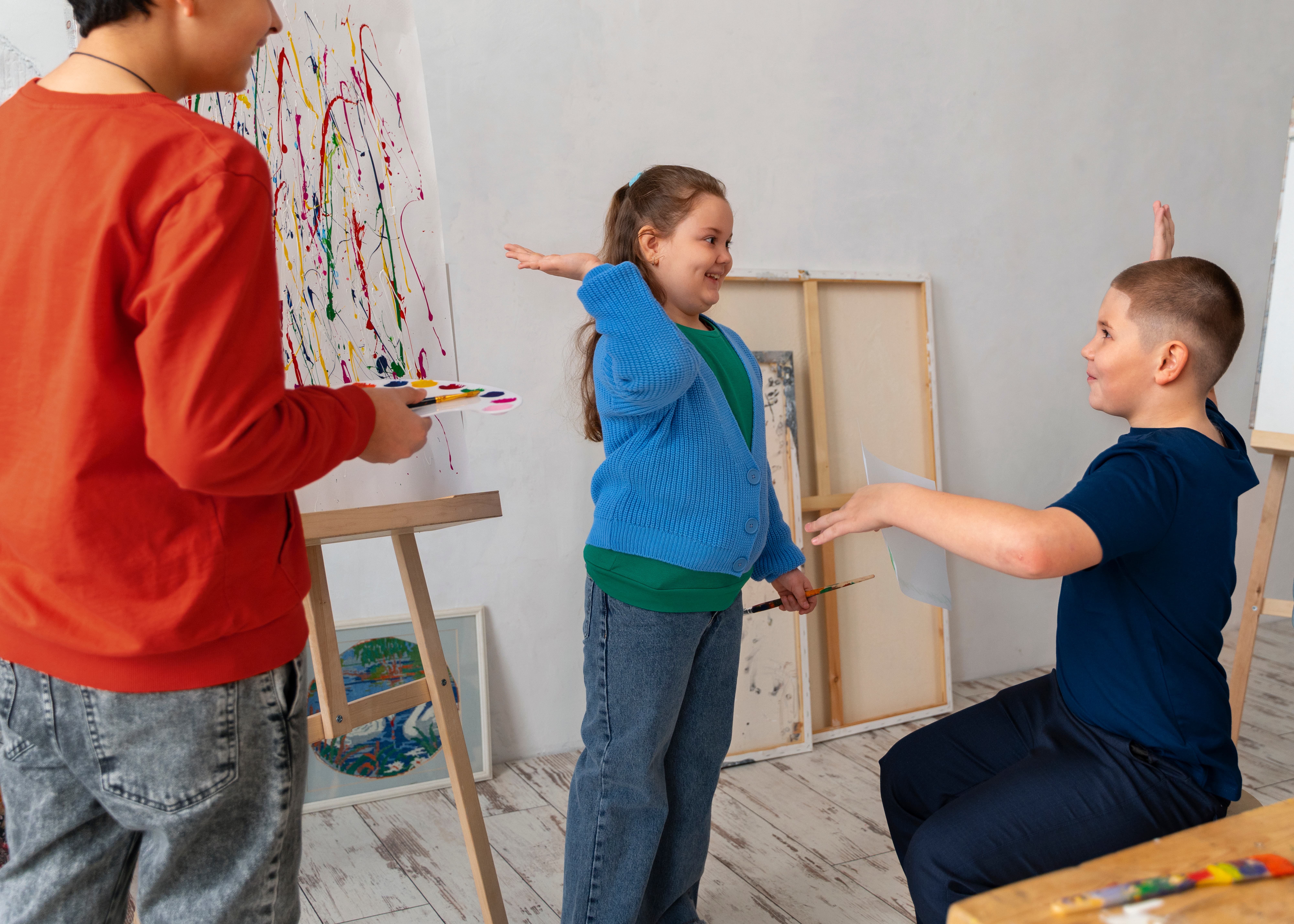
Bridging the Social Disconnect in Autism
When social signals are misread, communication breaks down for everyone involved. Structured support helps children connect socially and build confidence. ABA therapy often uses:
- Breaking tasks into small steps. Making each social skill easier to learn
- Modeling behaviors. Showing children how to respond in real‑life moments
- Positive reinforcement. Celebrating progress to keep learning engaging
A child might miss a friendly wave or mistake a neutral comment for criticism, leading to confusion or stress. Knowing social cues meaning in context can help caregivers, teachers, and peers respond with patience.
Jade ABA Therapy: Helping Children Connect Through Social Cues in Maryland
Understanding and responding to social cues in Maryland can be challenging for children with autism. They can affect how they interact with people at home, school, and in the community. Recognizing tone, gestures, and facial expressions takes practice, but with consistent support, children can improve their communication and social connections.
Families who focus on building these skills see progress in structured ABA therapy sessions. Over time, children learn to interpret hidden signals, respond appropriately, and enjoy more meaningful interactions.
At Jade ABA Therapy, we guide children toward stronger social skills with evidence‑based strategies and family‑centered support. Contact us today to learn how our team can help your child thrive socially and emotionally.

